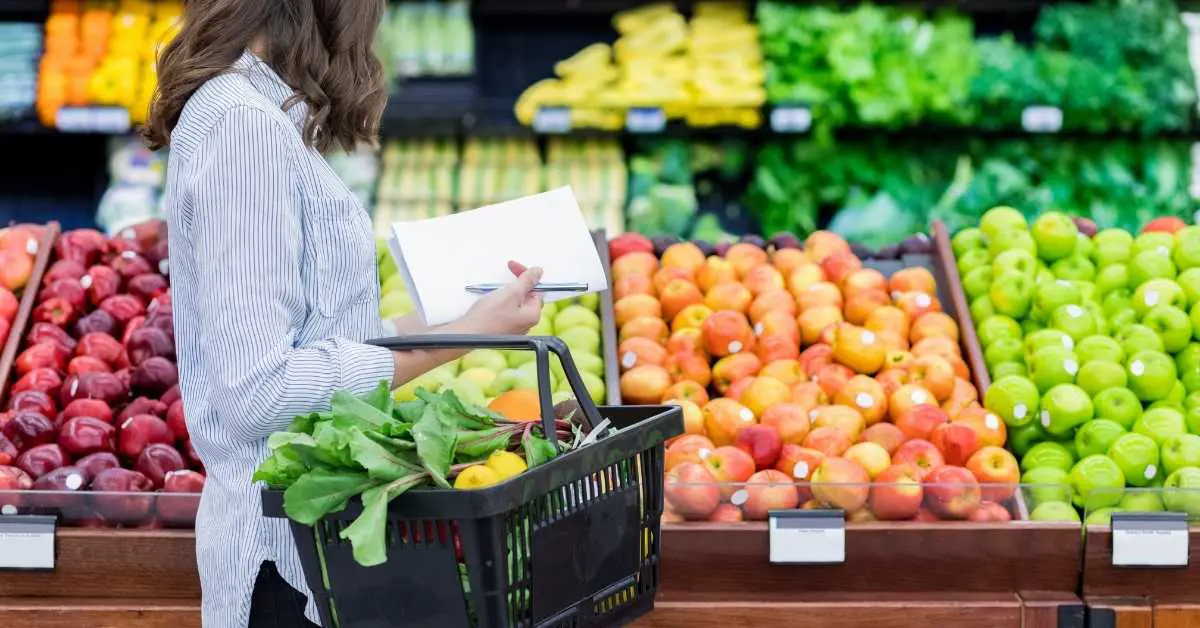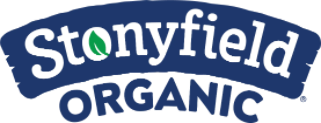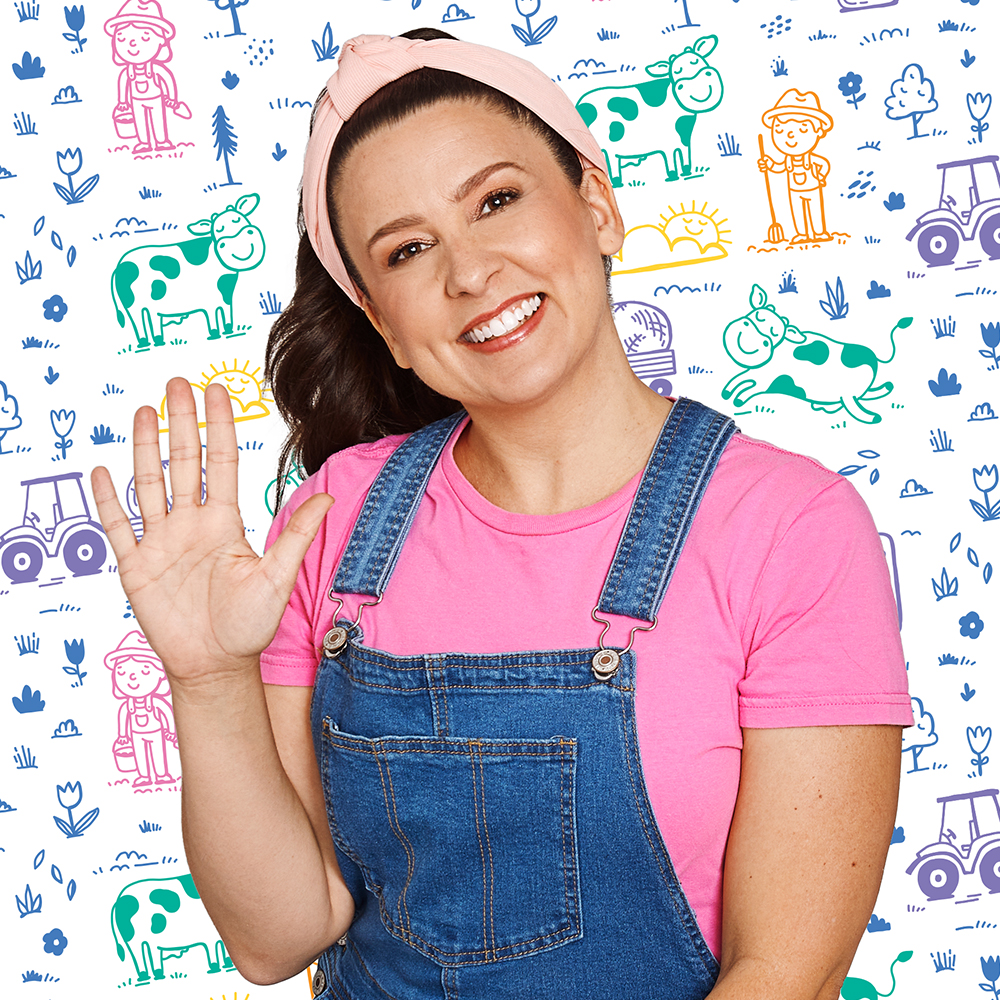What are The Dirty Dozen and The Clean Fifteen?
October 26, 2015
webmaster@push10.com

If you have angst over whether to buy organic, I understand: Like you, I’ve stood in the aisles of the grocery store weighing the costs and benefits and trying to figure out the smartest thing to do for my family. In the end, I decided to be strategic with my organic dollar. That means I pick and choose which foods I buy organic, based on how frequently we eat them—and in the case of fruits and vegetables, how likely they are to be treated with chemical pesticides. One of the tools I use to make those decisions is the Shopper’s Guide to Pesticides in Produce from the Environmental Working Group (EWG), which includes their “Dirty Dozen” and “Clean Fifteen” lists.
The lists rank fruits and vegetables based on their pesticide contamination. The goal is to help shoppers prioritize their organic purchases and reduce their exposure to pesticides. Why do chemical pesticides matter? These chemicals are designed to kill insects but may have risks to people too—especially kids, whose smaller body size makes them more vulnerable than adults. Children’s weaker immune systems may also mean they can’t eliminate potential toxins as effectively as grown-ups.
Using results from USDA testing of produce samples, EWG ranks fruits and vegetables in categories of “dirty” (the produce with a higher number of pesticide residues) and “clean” (those with the least). In the USDA tests, the produce was all washed or peeled before testing to mimic how they’re served at home (which indicates that residues may still linger after washing and peeling).
Here are EWG’s rankings:
Dirty Dozen
These foods had multiple pesticide residues and a higher concentration of pesticides than other produce.
Check out the newest list here: Dirty Dozen
Clean Fifteen
These fruits and vegetables have the fewest pesticide residues and low concentrations of pesticides.
Check out the newest list here: Clean Fifteen
Don’t get me wrong: I don’t follow the EWG lists to the letter. There are items on the Dirty Dozen list that I buy conventional because organic versions aren’t available or are out of my budget. But as with all produce, I wash it well (using my hands to rub it vigorously under running water) to remove some of the pesticide residue. I also vary the kinds of fruits and veggies I buy to avoid getting repeated exposure to certain chemicals. Learn more about pesticides and produce.
Most importantly, I always keep in mind that eating fruits and vegetables is the top priority, regardless of whether the produce is organic. As the EWG says in their report: “The health benefits of a diet rich in fruits and vegetables outweigh the risks of pesticide exposure. Use EWG’s Shopper’s Guide™ to reduce your exposures as much as possible, but eating conventionally grown produce is better than not eating fruits and vegetables at all.” As a dietitian, I say AMEN to that!

